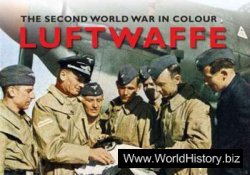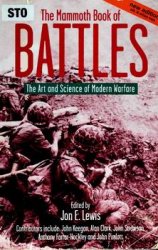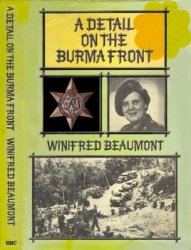Those who study the past increasingly emphasize that the words we use shape our
understanding, and that it is important to be aware of the assumptions that lie within
them. For example, the term “early modern,” which grew out of the intellectual model
that divided history into three eras – ancient, medieval, and modern – led scholars to
emphasize what was new and downplay continuities with earlier periods. Similarly,
defi ning Europe as a continent rather than simply the western part of Asia has meant
that its history has often been explored in isolation from that of other areas. Newer
perspectives on early modern Europe see its history as more connected with that of the
rest of the world, and pay increased attention to continuities along with changes. Our
knowledge of this era has widened dramatically over the past thirty years, as historians
have focused on groups that had earlier not been part of the picture, such as women,
peasants, children, and religious minorities. In their research, they rely in part on the
printed materials that became steadily more numerous in this era as printing technology
spread out from Germany, including books produced for the growing number of
people who could read, and also booklets, pamphlets, and single-sheet broadsides. Historians
also use manuscript sources, art, and material objects to broaden the range of
information available, and apply methods of interpretation and analysis drawn from a
range of scholarly fi elds.
This book draws on the insights of recent scholarship to present a Europe in the
early modern era that includes the Ottoman Empire and Russia, because they were
important actors in the story. It connects Europe to the rest of the world, for this was
the era in which that connection became a shaper of the world’s history. It examines
structures and institutions that did not undergo reformations or revolutions, along
with those that did. It introduces you to diverse sources, theories about their meaning,
and methods of interpretation, and also asks you to think about ways in which understandings
of the past have been and continue to be created. Together these features
may enable you to develop your own opinion about the signifi cance of early modern
Europe for our twenty-fi rst-century world.




 World History
World History









